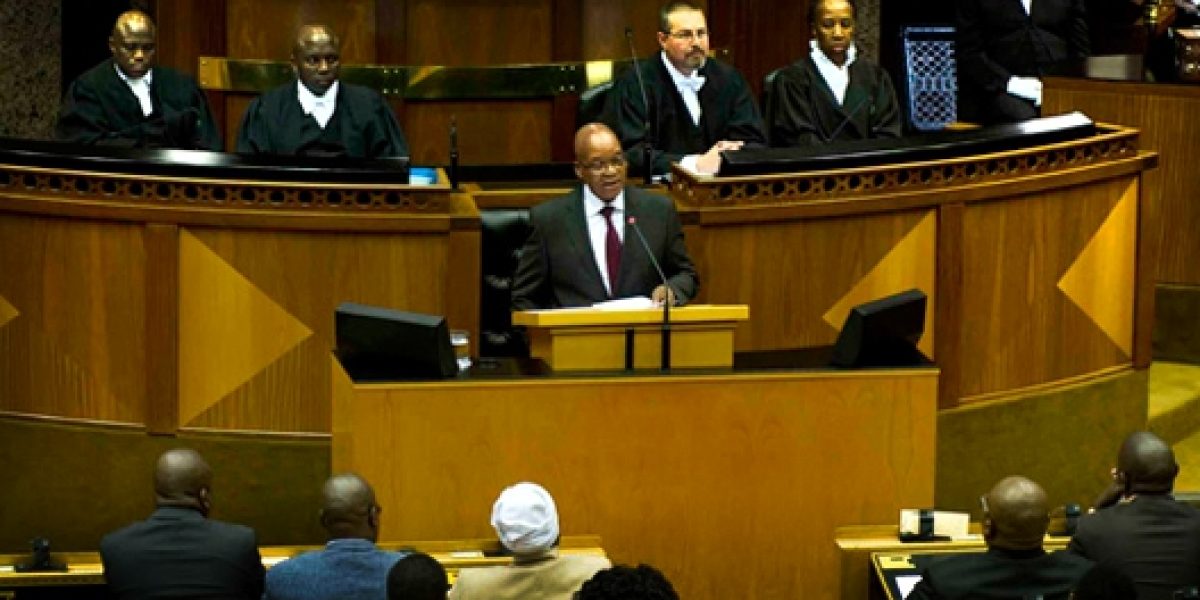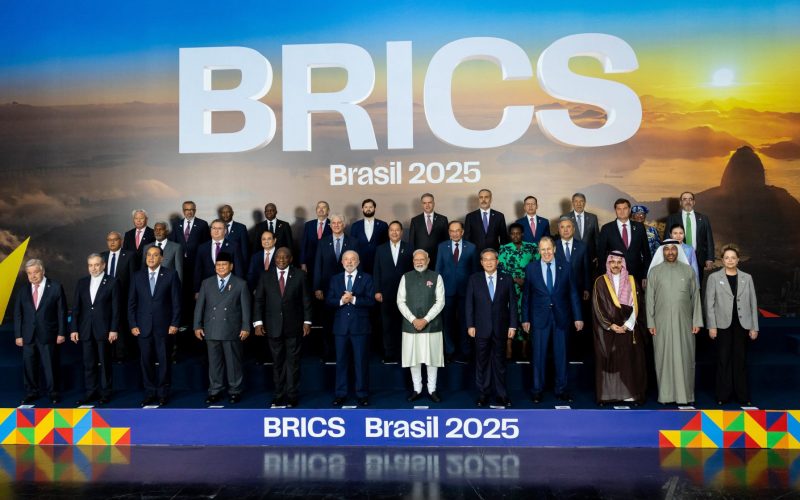Growth is, however, currently projected to be 2% in 2014, and in light of a recent Standard and Poor’s credit rating downgrade (to one level above junk status), both the international borrowing needed to finance government’s plan and the president’s broader pitch for a decisive economic turn-around seem a tall order.
The speech effectively frames the three-pronged pressures facing the economy: domestic energy constraints, low levels of private investment and ‘untenable’ industrial relations (especially in the mining sector), all contributory factors to South Africa’s slow growth.
Overcoming these constraints is indeed vital. Yet, it remains to be seen whether the proposed actions are sufficient; what is needed more than ever is decisive implementation and greater policy coherence.
Three issues in particular require closer examination.
First, the structural changes necessary to address South Africa’s energy challenges have been well articulated in both the 1998 Energy White Paper, which is yet to be implemented, and in the NDP. An important tool needed to make South Africa’s energy market more competitive and efficient is indeed the Independent System Market Operator (ISMO) Bill, which would separate electricity generation and transmission, taking the latter away from Eskom’s control and introducing competition to the sector. This would ‘crowd in’ private investment as the president averred in his speech. Competition in the energy sector would also drive the adoption of cleaner, more efficient technologies. Mr Zuma promised to finalise this legislation. Yet, he offered little insight into why this Bill was withdrawn from parliament in late 2013. Powerful vested interests are a part of the explanation.
South Africa’s persistence with coal-fired mega projects, for instance, shows that existing powerful interest groups tend to block the introduction of new technologies in order to protect their economic rents. Economic monopolies are one example. Groups whose political power may be eroded are also likely to block technological advances. South African energy parastatals possess both serious economic and political power. The highly successful Independent Power Producers (IPP) Programme has therefore moved slower than necessary, no thanks to parastatal red tape to which it had become a needless hostage. Similarly, the prolonged and expensive Medupi coal plant delays (which the president promised to have fixed by the end of the year) reflect the consequences of too few incentives for forward thinking.
These examples do not inspire confidence for either Kusile or Coal 3, both of which featured strongly in the address as potential solutions to the energy crisis. Neither does it inspire confidence that a nuclear fleet programme to produce over 9000 megawatts, at significant capital cost, will represent value for money. Anton Eberhard, the energy expert on the National Planning Commission (which wrote the NDP), has made it clear that South Africa’s energy demand trajectory simply does not warrant the planned capital expenditure on nuclear energy. Greater IPP procurement is a more flexible and efficient means of diversifying the country’s energy mix. The government, in proclaiming the NDP as its blueprint, should follow through on its key precepts.
Second, labour relations, especially in the mining sector, certainly are ‘untenable’ in their current form. Surprisingly, the ANC voted against balloting amendments to the Labour Relations Act (LRA) in 2013, which it had introduced. Balloting would democratise industrial relations significantly by eliciting real preferences, which would prevent union bosses from being able to exploit financial illiteracy and push workers to strike through violence and intimidation. It is a pity that the president did not mention this explicitly, as it would have given weight and renewed impetus to this endeavour.
Implementing the Framework Agreement for a Sustainable Mining Industry, as the president promised, is surely a good first step in the direction of reforming labour relations, but in the longer term there is no substitute for institutional change through the LRA. Moreover, the faith that the president placed in NEDLAC seems to be misplaced, given the inability of the forum to achieve progress in the last decade.
Nonetheless, the good news for South Africa’s mining – and oil and gas – sector is that newly appointed Mineral Resources Minister, Ngoako Ramatlhodi, has advised the president not to sign the controversial Mineral and Petroleum Resources Development Amendment Bill before it has been reviewed again.
Third, while the president laudably focused on the wellbeing of communities around mining areas, it is not clear that another inter-ministerial committee – as proposed in the address – will achieve improved welfare. The government should balance its proposed social interventions (such as minimum wage and injections into distressed mining communities) with a focus on attracting new and extensive private investment in the mining sector. Many existing mines are marginal, meaning that a slight decline in the marginal price of the given commodity may render the cost of extraction too high to sustain. A revitalised mining industry would improve exports, narrow the current account deficit, ameliorate unemployment and support currently struggling upstream and downstream industries.
Addressing these three concerns with greater policy coherence and quality leadership should be a primary ambition of president Zuma’s newly constituted cabinet. Facing down clogs within government itself can help give effect to the resolve that the president’s address sought to convey. Leaving the currently unequal bargain unchanged (that arguably pits political insiders against dispossessed outsiders) risks perpetuating the identified constraints rather than alleviating them.








